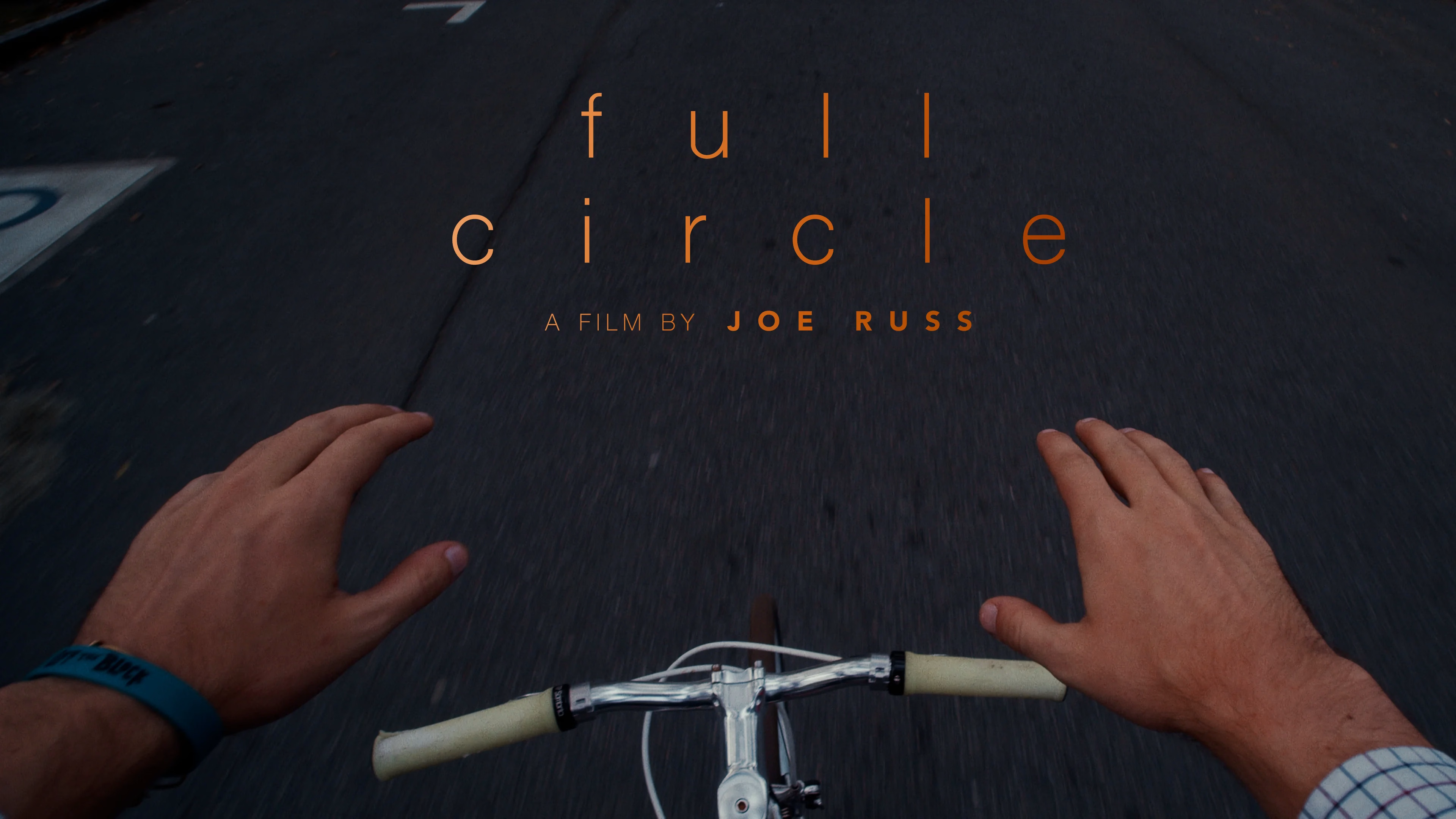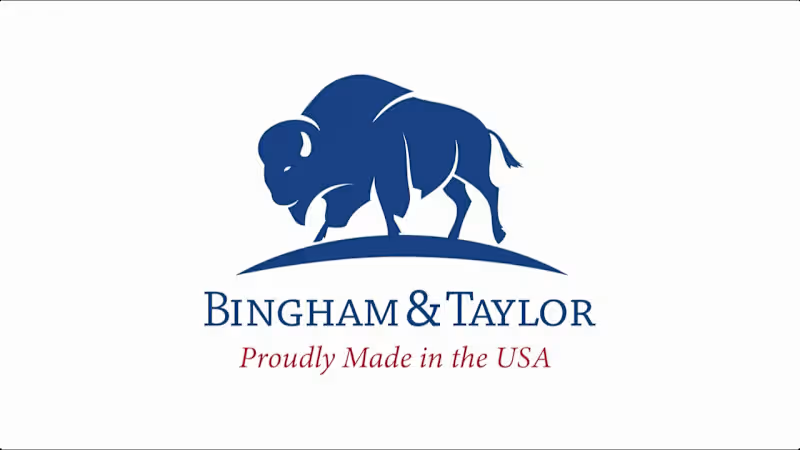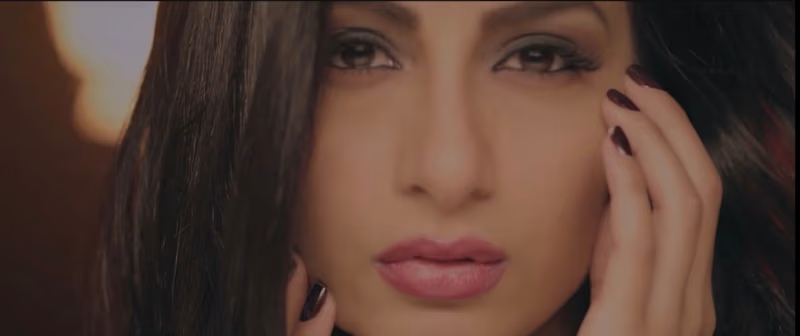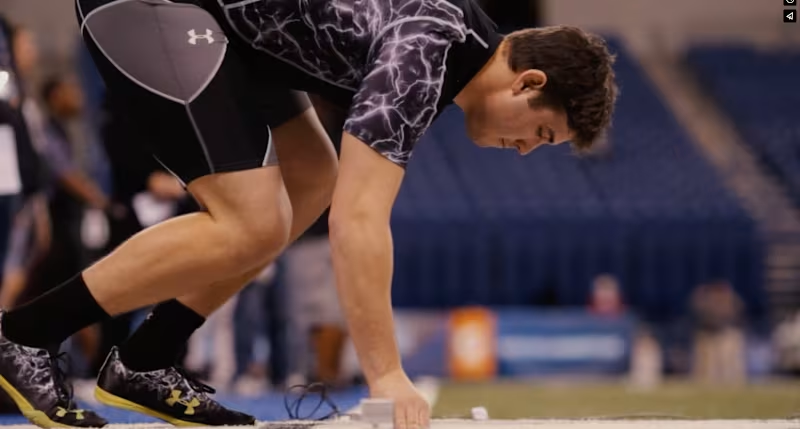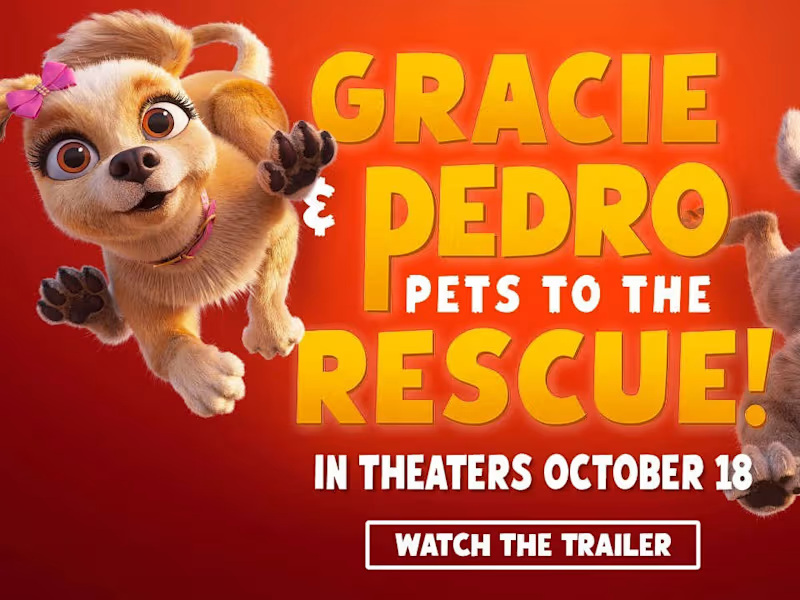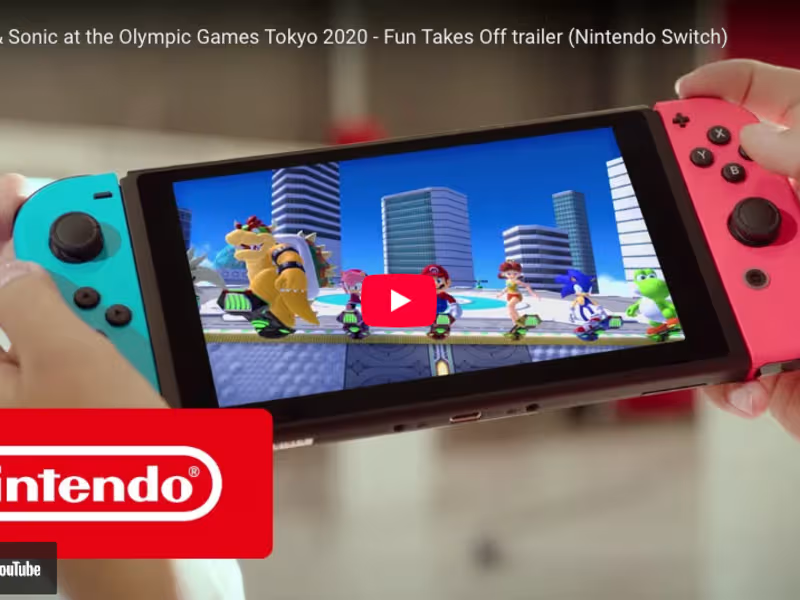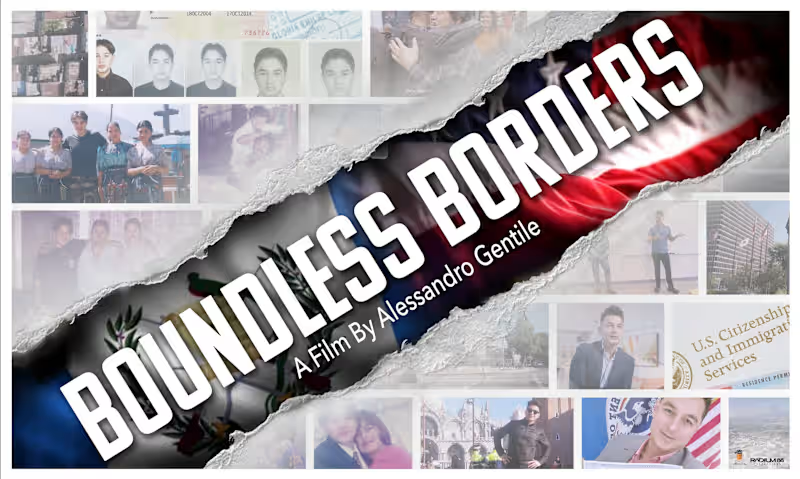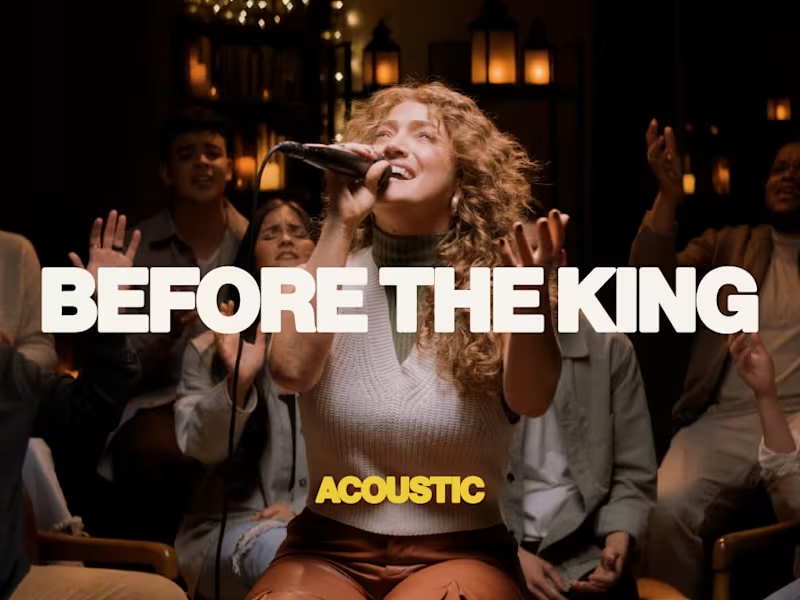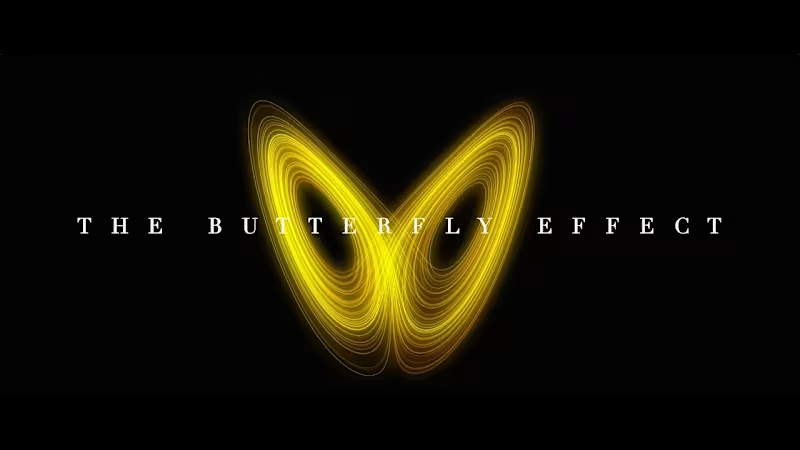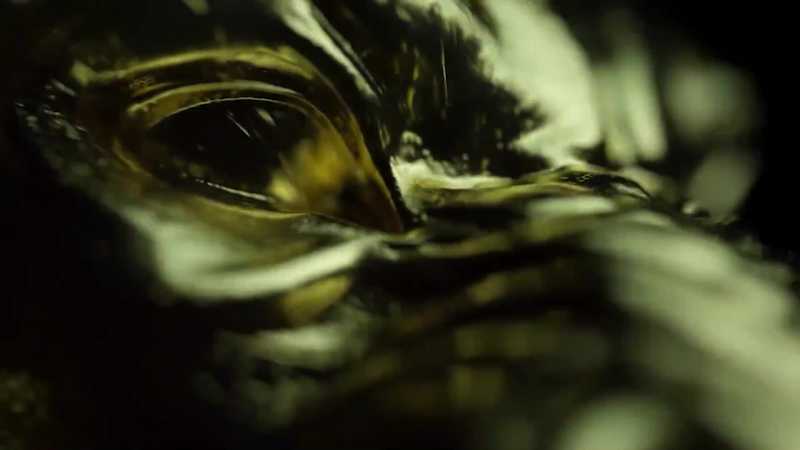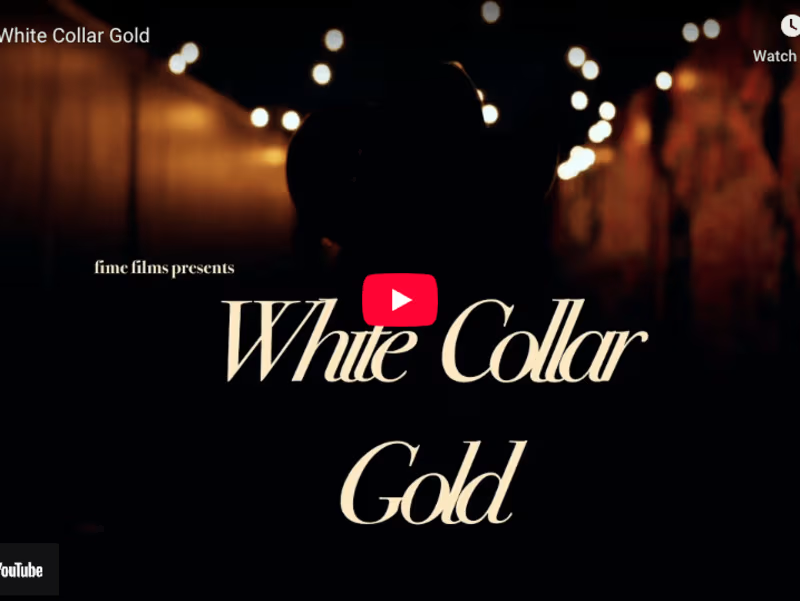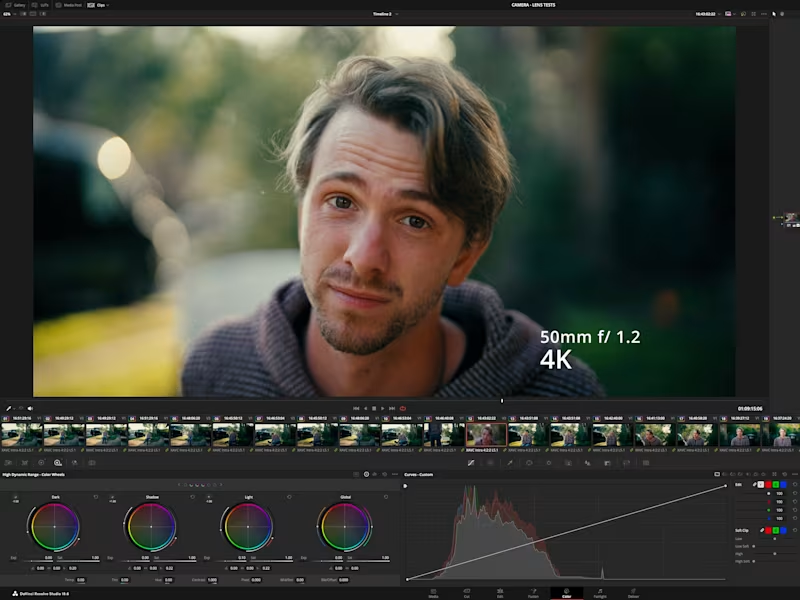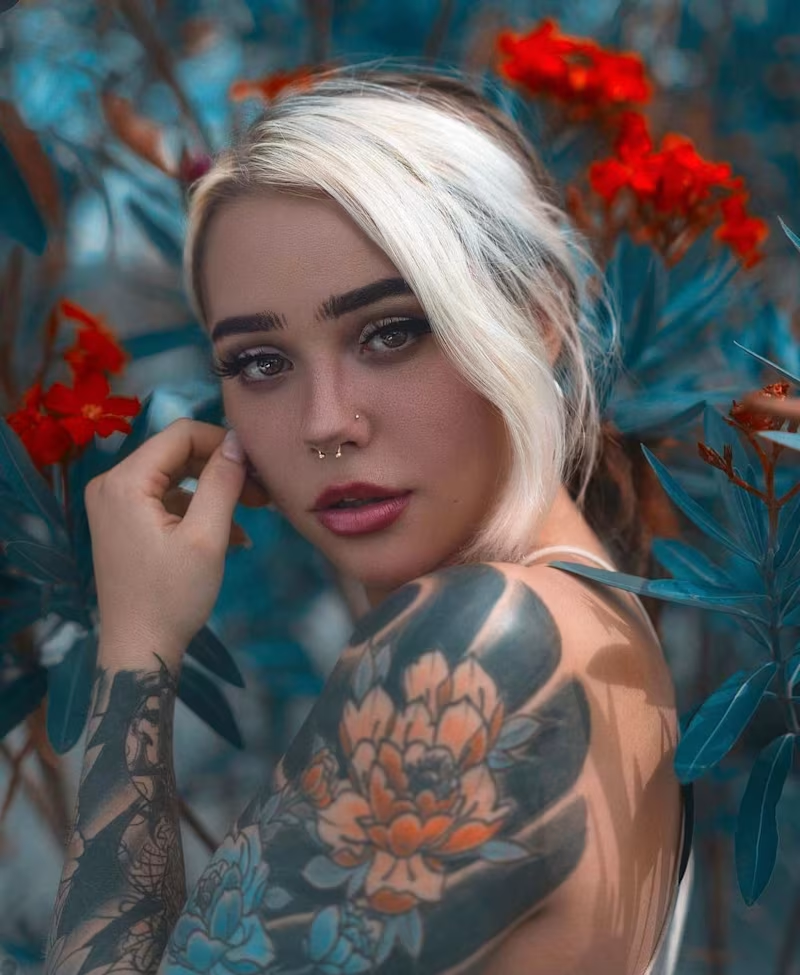How do I define the scope of my colorist project clearly?
To define the scope, list all the tasks you need the colorist to do. Specify the number of scenes or minutes of footage. Describe the artistic style you want. Decide if you need just color correction or more advanced grading. Clear details help the colorist deliver what you need.
What details should be included in the project brief for a freelance colorist?
A good project brief includes the project's goal, deadline, and style. Give examples of the look you like. Share any brand color guidelines if they apply. Let the colorist know if footage is in a special format. This helps them plan their work effectively.
Why is it important to agree on deliverables with a freelance colorist?
Agreeing on deliverables ensures you and the colorist have the same expectations. It includes what files you'll receive and in what format. This prevents surprises later. It also helps the colorist understand your needs better. Both sides feel confident about what's being worked on.
How can I estimate the timeline for a colorist project?
First, determine how much footage the colorist will work on. Discuss with the colorist how long similar past projects have taken. Consider if there are any deadlines, like festivals in California. Factor in the time for reviewing drafts and making changes. This helps set a realistic schedule.
What checkpoints or review stages should be set in the colorist project?
Checkpoints help track the project's progress. You can set a midway review to see initial work. Another review can be set for final tweaks. These stages ensure the project is on track. It allows you to make changes before the final delivery.
How should I share feedback with the freelance colorist?
Positive and clear feedback is important. Use simple words to explain what you like or want changed. Provide specific examples, like 'make this scene warmer.' Schedule calls if needed for complex feedback. This keeps communication smooth and results in great work.
Do I need to consider different video formats for delivery?
Yes, different platforms require different formats. Ask the colorist about common formats for TV, social media, or online use. Knowing this ensures your video plays properly everywhere. In California, consider formats used by local broadcasting networks too. It saves time and avoids format issues later.
Is it important to discuss how edits will be managed in the colorist project?
Discussing edits beforehand helps avoid confusion. Agree on how many changes you can request. Clarify the process for making these edits as well. This agreement keeps the project smooth. It ensures your vision is properly translated into the final video.
Why should I discuss copyright and usage rights with a freelance colorist?
Discussing copyrights ensures clarity on video usage. You need to know if there are limits on where the video can be shown. This is vital if you plan to use it across different platforms. Set these terms before starting the project. Especially in California, where regulations can be specific.
What should I do if I have more footage later that needs color grading?
It’s good to discuss future needs with the colorist from the start. Let them know if you might have more footage soon. This helps plan their schedule. Ask if they'll be available for additional work. It ensures continuity in the video’s look and feel.
Who is Contra for?
Contra is designed for both freelancers (referred to as "independents") and clients. Freelancers can showcase their work, connect with clients, and manage projects commission-free. Clients can discover and hire top freelance talent for their projects.
What is the vision of Contra?
Contra aims to revolutionize the world of work by providing an all-in-one platform that empowers freelancers and clients to connect and collaborate seamlessly, eliminating traditional barriers and commission fees.
































